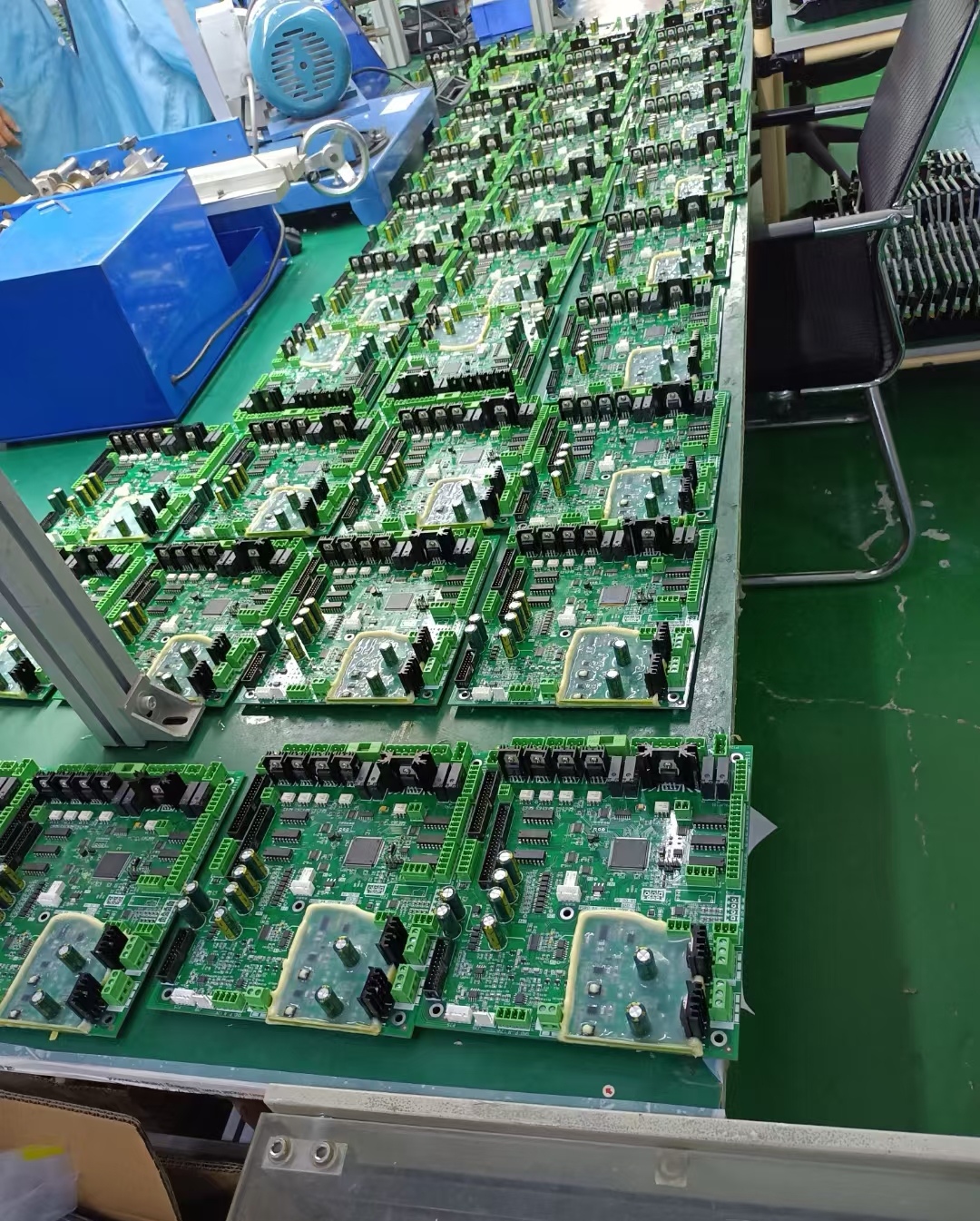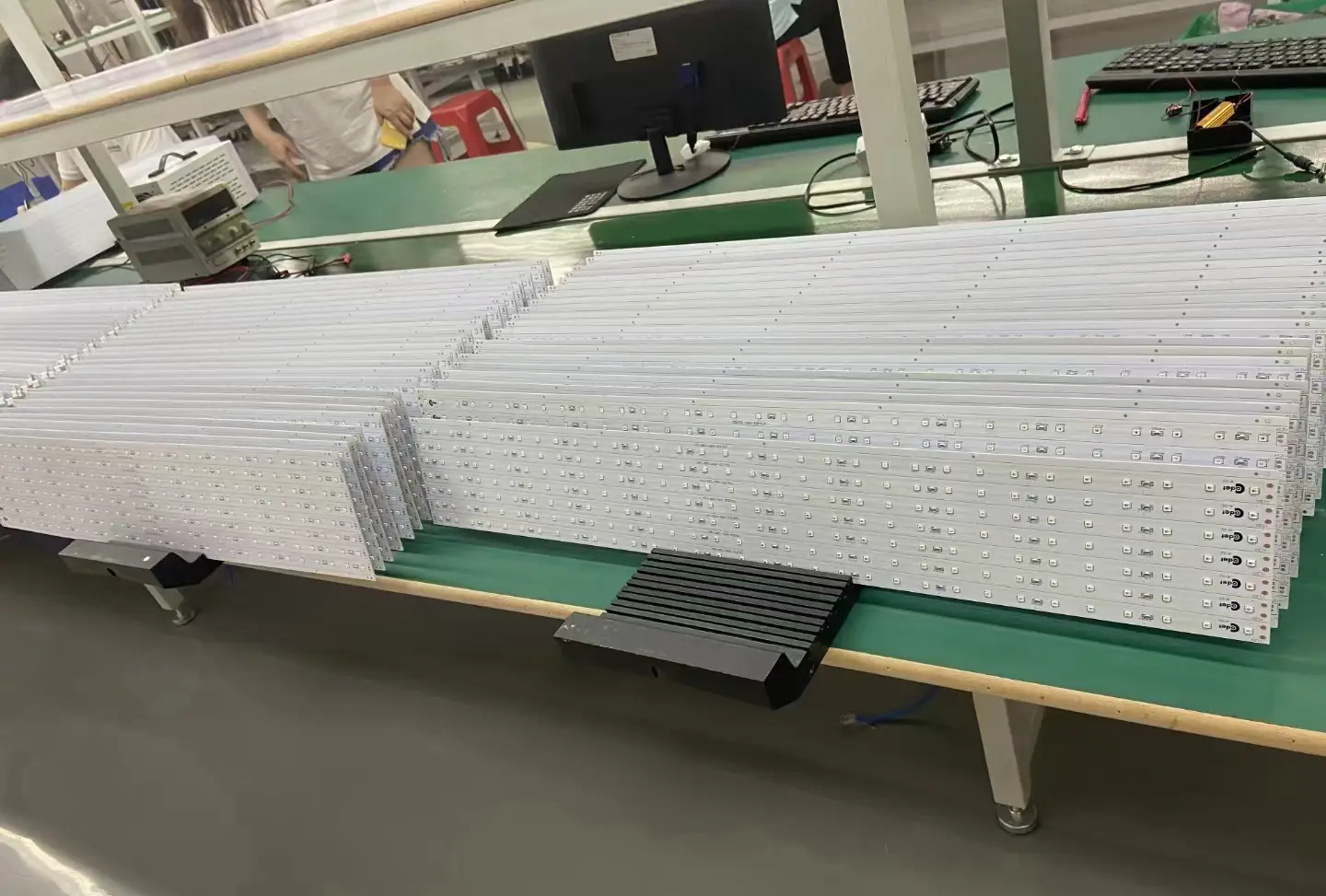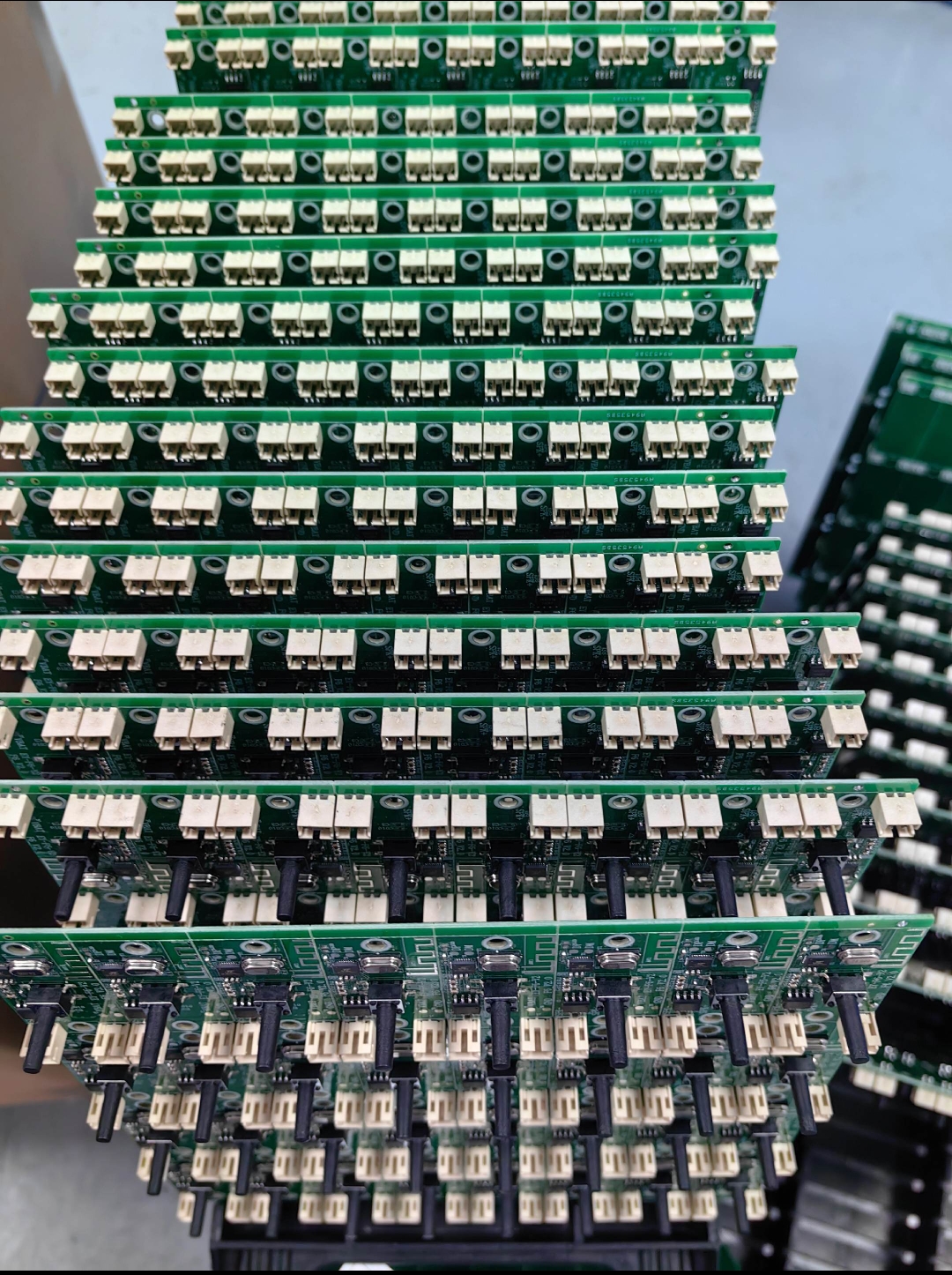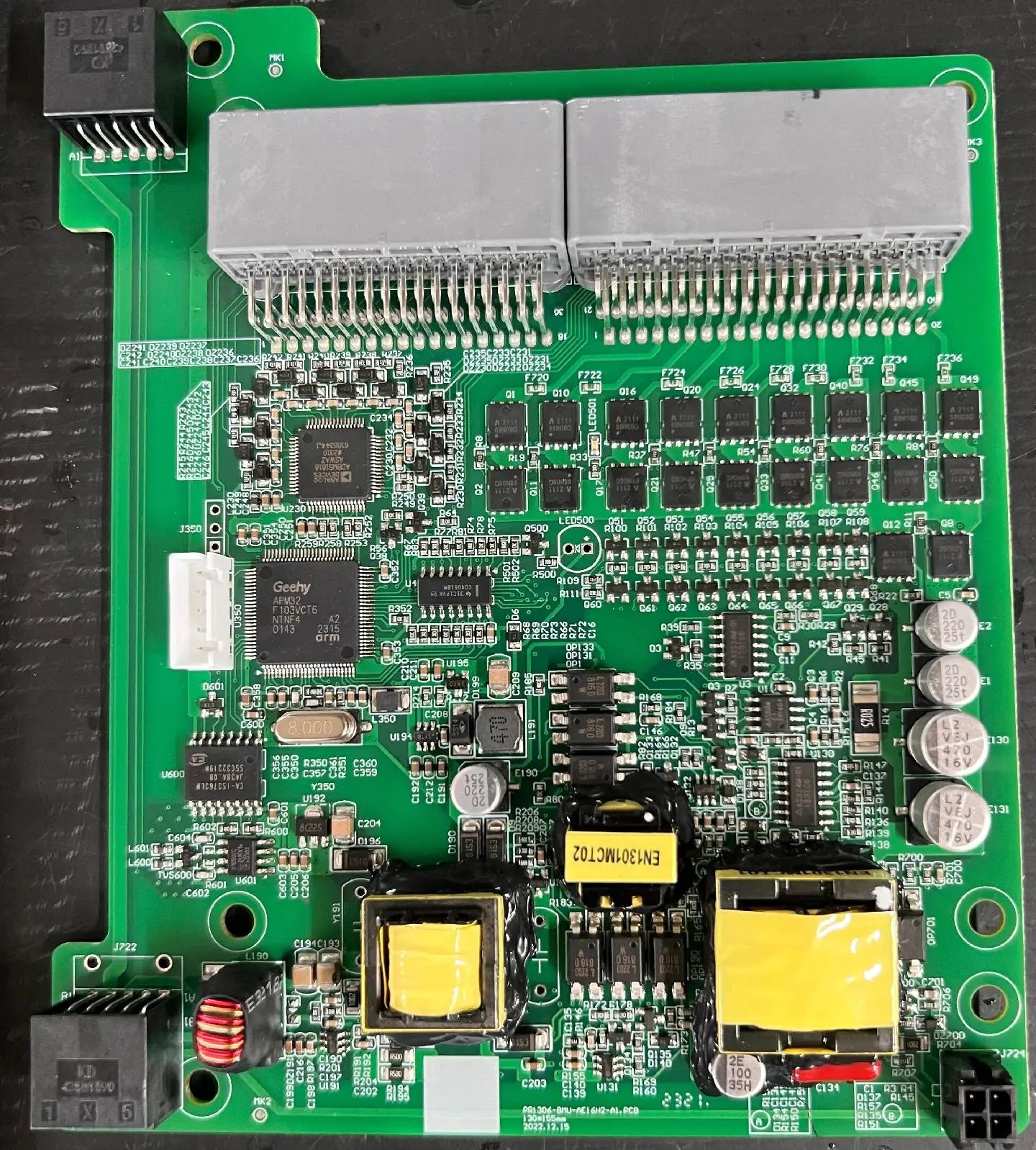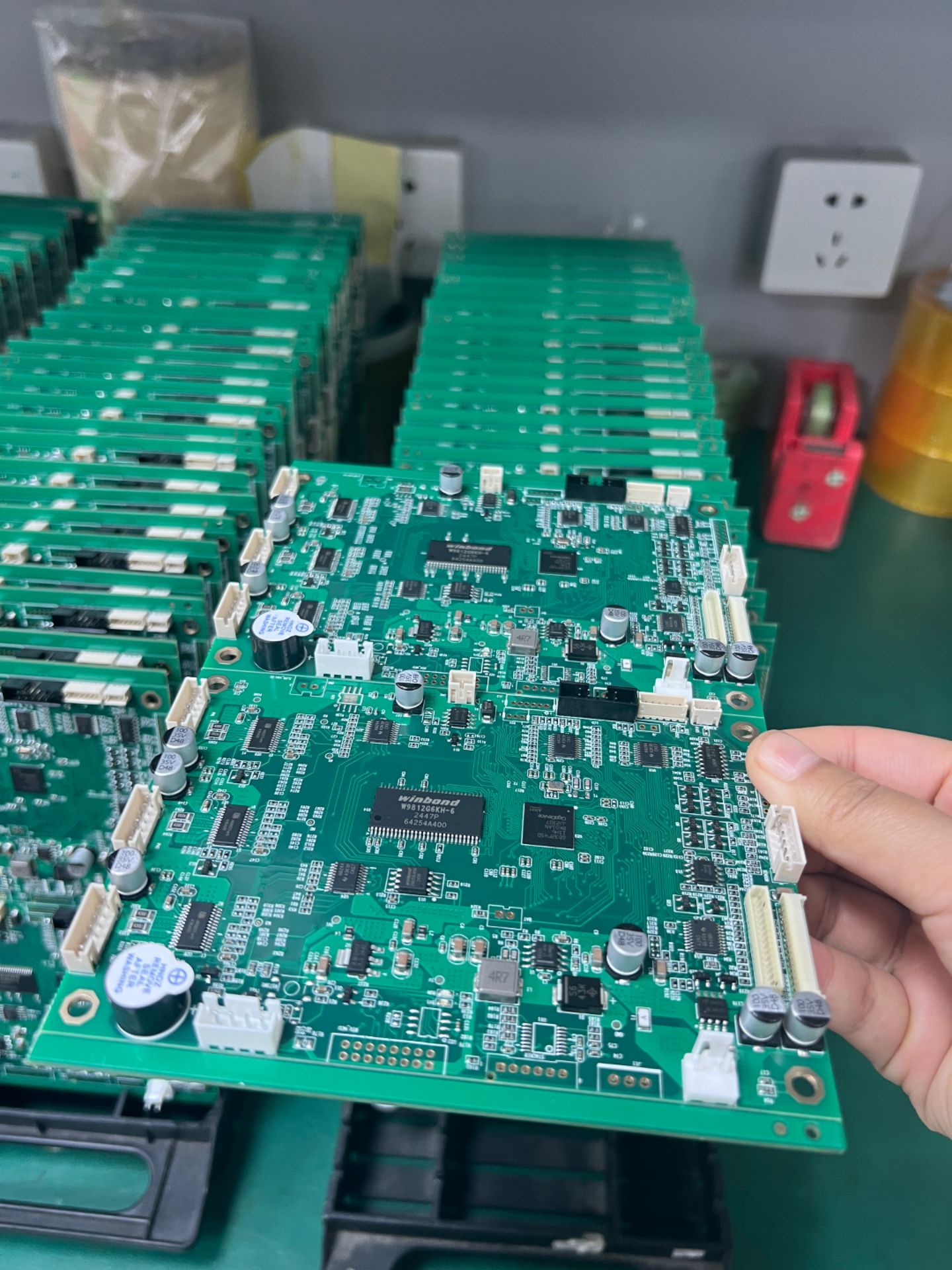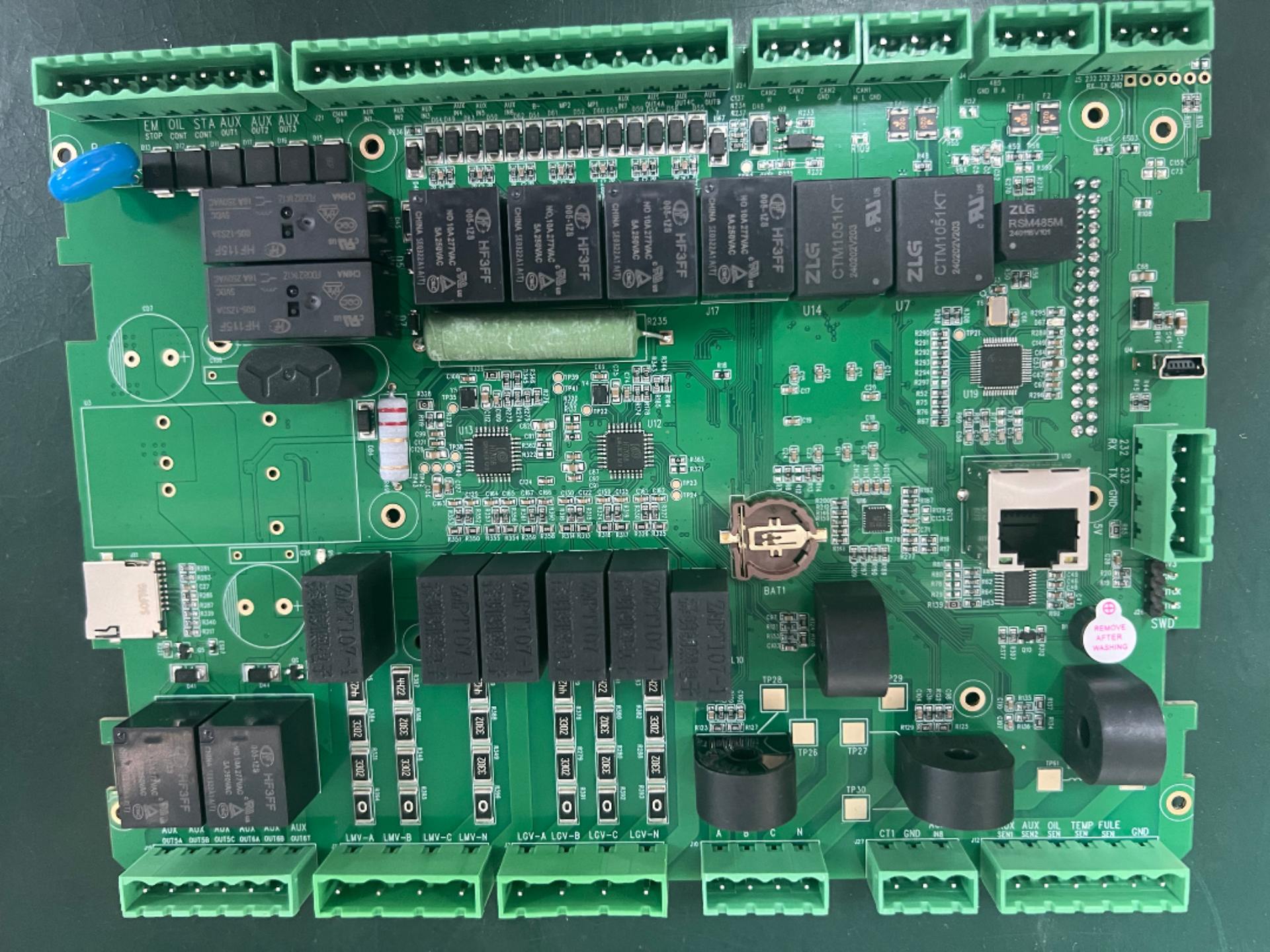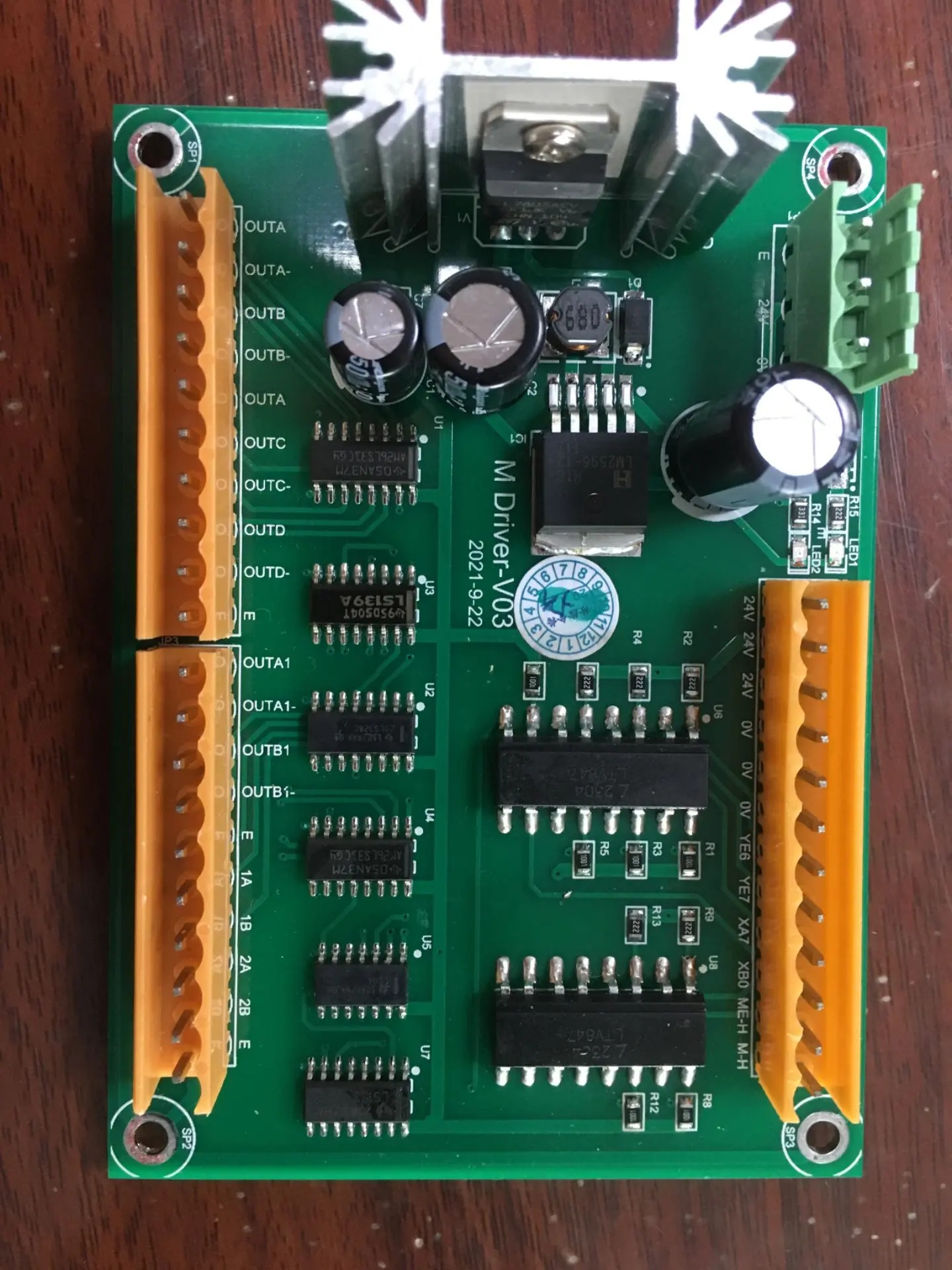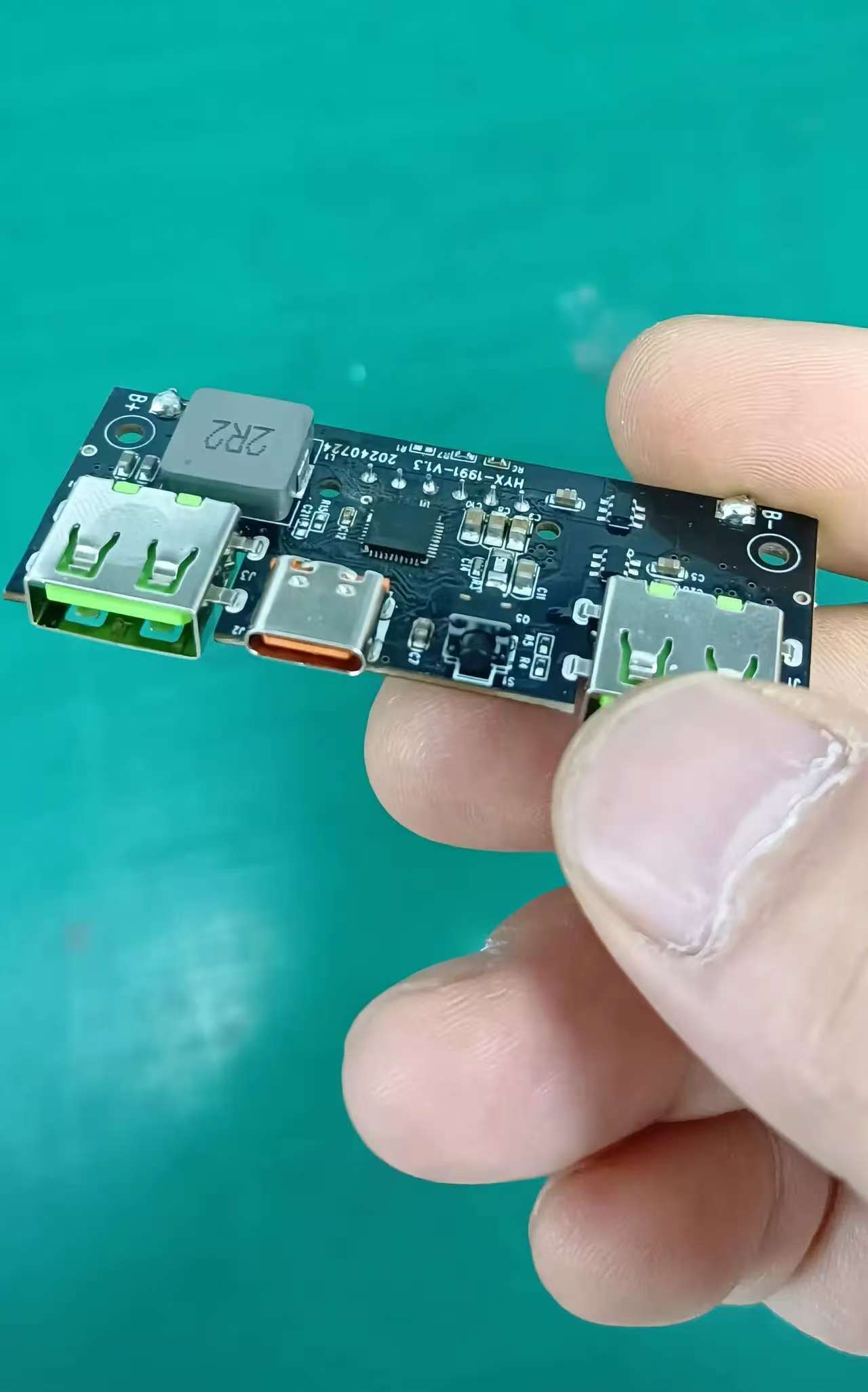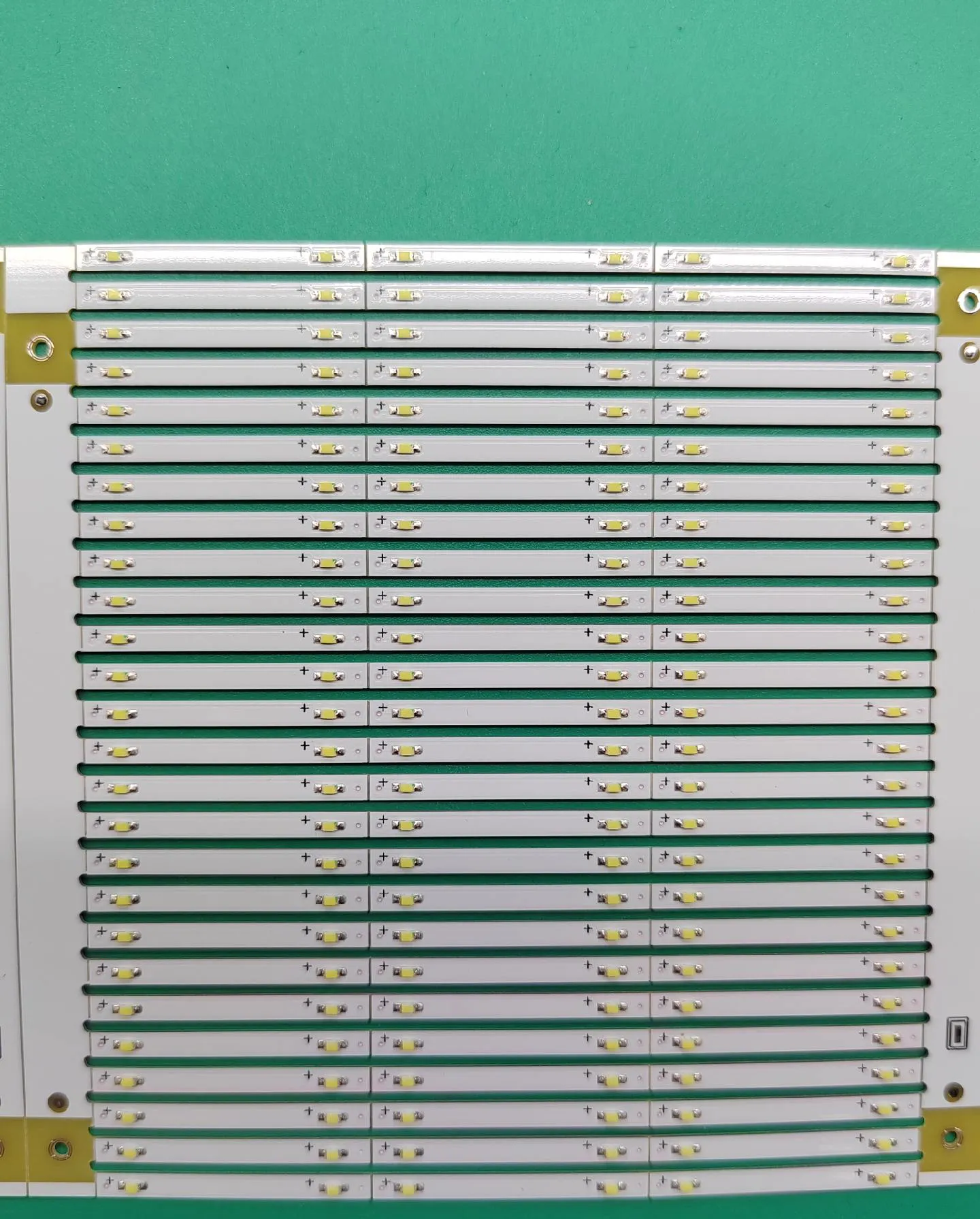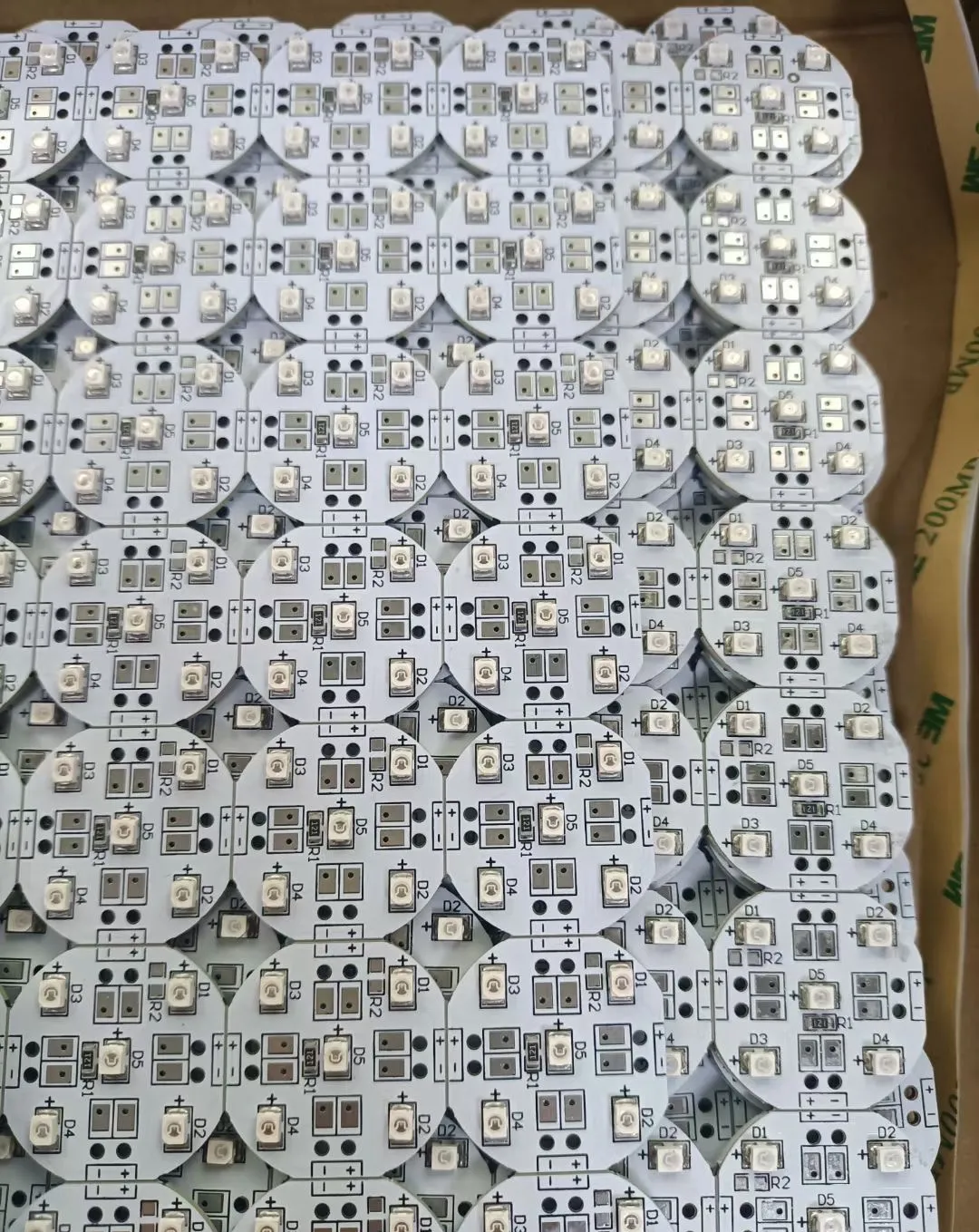There are various heat dissipation methods for PCB (Printed Circuit Board) circuit boards, and each method has its unique characteristics and applicable scenarios. The following are several common heat dissipation methods for PCBs:
Heat dissipation through the PCB board itself:
Currently, widely used PCB materials, such as copper-clad/epoxy glass cloth substrates or phenolic resin glass cloth substrates, have excellent electrical performance and processing performance, but poor heat dissipation performance.
The best way to solve the heat dissipation problem is to improve the heat dissipation ability of the PCB itself that is in direct contact with the heat-generating components. For example, adding heat dissipation copper foils, using large-area power ground copper foils, thermal vias, exposing the copper on the back of the IC, etc., to reduce the thermal resistance between the copper foil and the air.
Heat sinks and heat dissipation backplanes:
Heat sinks are commonly used to improve the heat dissipation effect of components. Materials such as copper and aluminum are often used, and they can be directly in contact with the heat dissipation components to improve the heat transfer efficiency.
The heat dissipation backplane is placed on the back of the PCB to increase the heat dissipation area and improve the heat dissipation effect.
Fan heat dissipation:
By installing a fan on the PCB, the wind force of the fan is used to accelerate the heat dissipation and improve the heat dissipation effect.
Heat pipe heat dissipation:
Heat pipe heat dissipation improves the heat dissipation effect by introducing heat pipes. The inside of the heat pipe is in a vacuum environment, and the heat is conducted to the heat sink through the liquid circulation, and then the heat is dissipated by natural convection.
Heat dissipation paste:
The heat dissipation paste can fill the tiny gaps and improve the thermal conductivity. It is often used on the contact surface between the heat dissipation components and the heat sink to enhance the heat dissipation effect.
Heat dissipation pipes:
By arranging heat dissipation pipes on the PCB, the heat transfer is accelerated to improve the overall heat dissipation effect. The heat dissipation pipes can be filled with heat-conducting materials to enhance the heat dissipation effect.
Heat dissipation enclosure:
The heat dissipation enclosure is a structure similar to a cover or a hood, which can cover the heat dissipation components on the PCB to prevent heat loss and the interference of the external environment on heat dissipation.
Thermal encapsulation:
Thermal encapsulation can integrate the heat dissipation components and the heat dissipation plate, and improve the heat dissipation effect through direct contact.
Thermal simulation:
This is a method of predicting and optimizing the heat dissipation effect of the PCB through computer simulation. By establishing a thermal model, the heat dissipation performance of the design scheme can be evaluated and necessary optimizations can be made during the PCB design stage.
Reasonable PCB layout:
The PCB layout is also a key factor in heat dissipation. For example, high-heat-generating devices should be equipped with heat sinks or heat conduction plates; heat-sensitive devices should be placed in the cold air area; temperature detection devices should be placed at the hottest position; the components on the same printed circuit board should be arranged in zones according to their heat generation and heat dissipation degrees; high-power devices should be arranged as close as possible to the edge and above the printed circuit board to reduce the impact on the temperature of other components.
The above heat dissipation methods can be used alone or in combination, depending on the design requirements of the PCB, the cost budget, and the heat dissipation performance requirements.
8033 View

